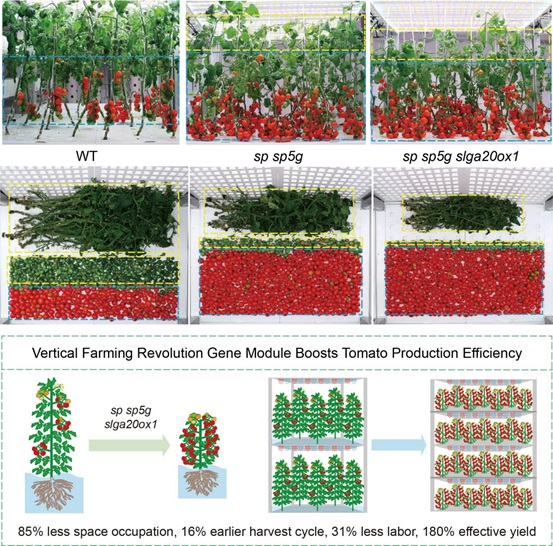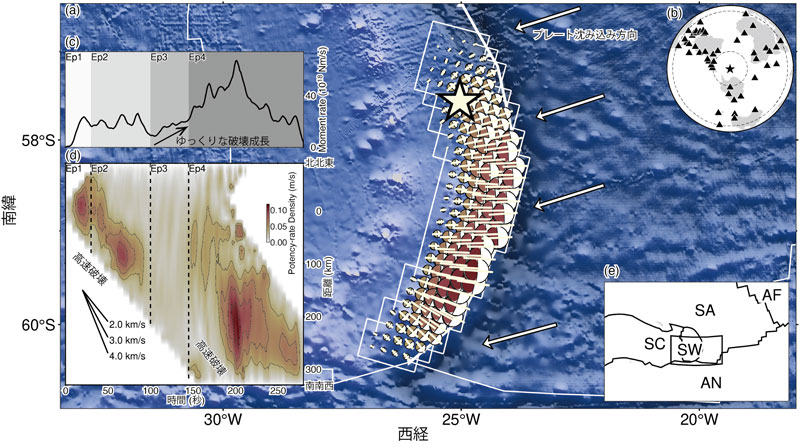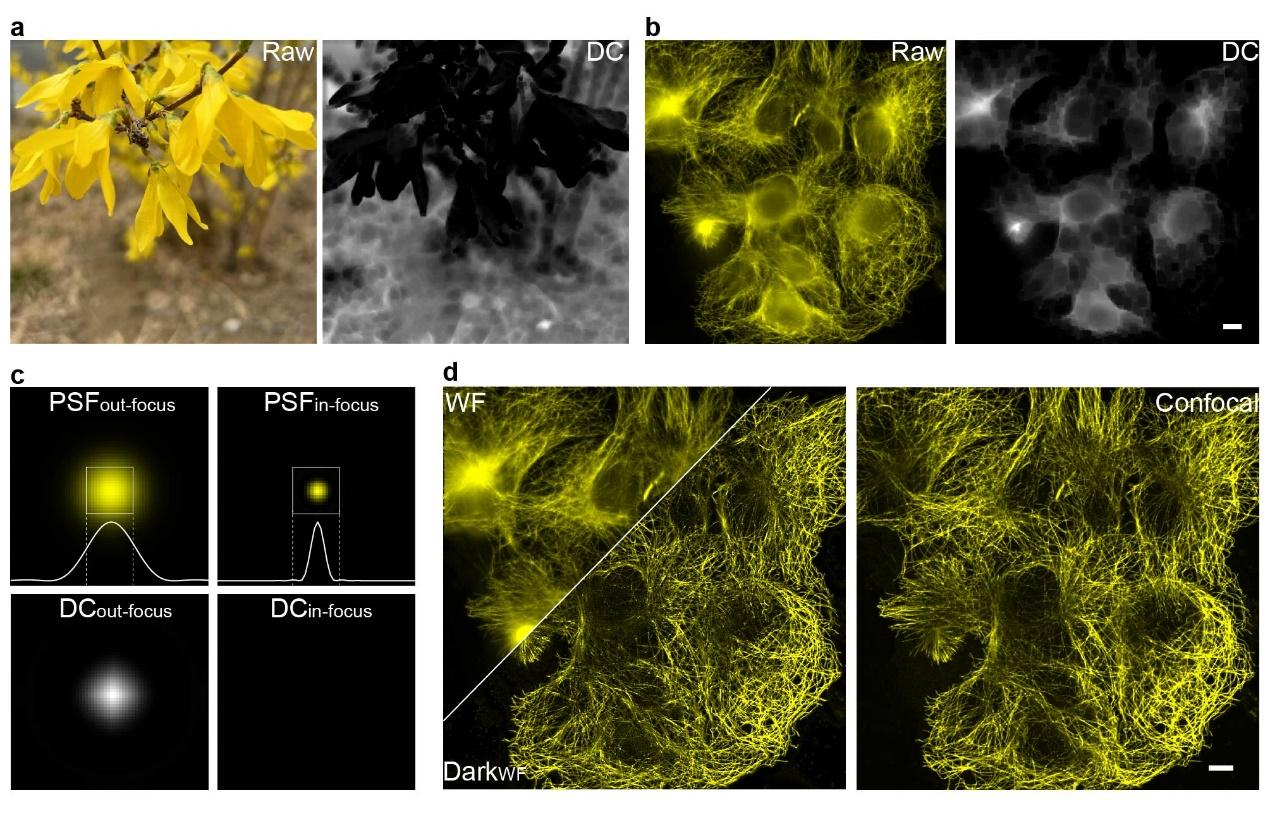2025-05-26 中国科学院(CAS)

Genome editing of molecular module for “vertical farming revolution” significantly enhance tomato production efficiency (Image by IGDB)
<関連情報>
- https://english.cas.cn/newsroom/research_news/life/202505/t20250527_1044502.shtml
- https://onlinelibrary.wiley.com/doi/10.1111/jipb.13927
緑の革命の遺伝子を活用し、垂直農法でトマトの生産効率を最適化する Harnessing Green Revolution genes to optimize tomato production efficiency for vertical farming
Xuchen Yu, Zuoyao Li, Yongfang Yang, Shujia Li, Yezi Lu, Yang Li, Xinyu Zhang, Fan Chen, Cao Xu
Journal of Integrative Plant Biology Published: 12 May 2025
DOI:https://doi.org/10.1111/jipb.13927
ABSTRACT
Vertical farming offers significant potential to tackle global challenges like urbanization, food security, and climate change. However, its widespread adoption is hindered by high costs, substantial energy demands, and thus low production efficiency. The limited range of economically viable crops further compounds these challenges. Beyond advancing infrastructure, rapidly developing crop cultivars tailored for vertical farming (VF) are essential to enhancing production efficiency. The gibberellin biosynthesis genes GA20-oxidase fueled the Green Revolution in cereals, while the anti-florigen genes SELF-PRUNING (SP) and SELF-PRUNING 5G (SP5G) revolutionized tomato production. Here, we engineer tomato germplasm optimized for VF by leveraging genome editing to integrate Green Revolution gene homologs and anti-florigen genes. Knocking out the tomato SlGA20ox1 gene, but not SlGA20ox2, results in a promising VF-suitable plant architecture featuring short stems and a compact canopy. When cultivated in a commercial vertical farm with multi-layered, LED-equipped automated hydroponic growth systems, slga20ox1 mutants saved space occupation by 75%, achieving a 38%–69% fruit yield increase with higher planting density, less space occupation, and lower lighting power consumption. Stacking SlGA20ox1 with SP and SP5G genes created a more compact plant architecture with accelerated flowering and synchronized fruit ripening. In commercial vertical farms, the sp sp5g slga20ox1 triple mutant reduced space occupation by 85%, shortened the harvest cycle by 16% and increased effective yield by 180%, significantly enhancing production efficiency. Our study demonstrates the potential of integrating agriculture practice-validated genes to rapidly develop tomato cultivars tailored for VF, providing a proof-of-concept for leveraging genome editing to boost production efficiency in VF.



